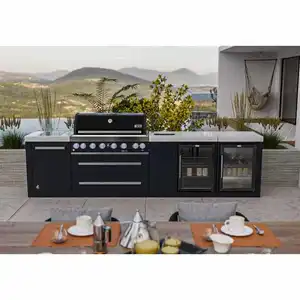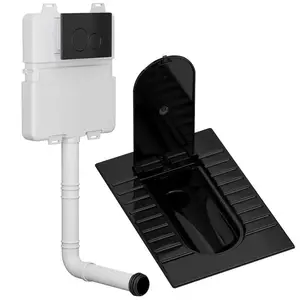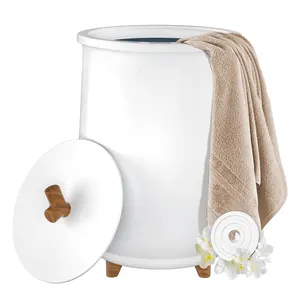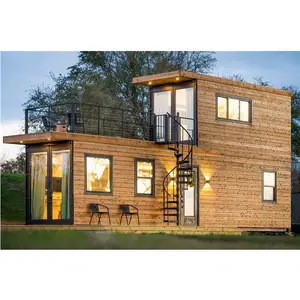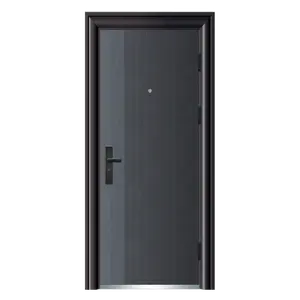Popular in your industry


































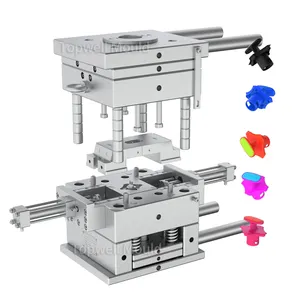




































Related Searches:



























































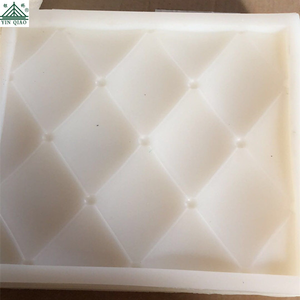
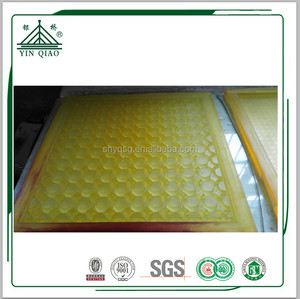
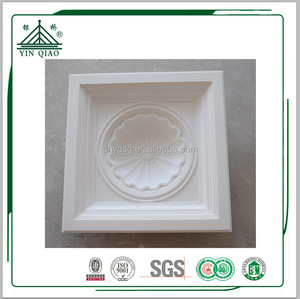
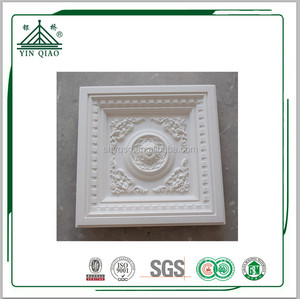
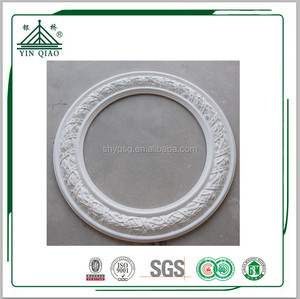
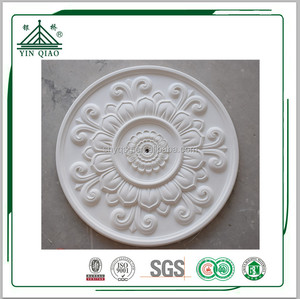





















































Top categories
About architectural plaster molds
The Role of Plaster Molds in Architecture
Plaster molds are indispensable in the construction and design sectors, particularly for crafting ornamental features that elevate the visual charm of edifices and their interiors. These precision tools are fashioned from materials such as fiberglass, rubber, or silicone, ensuring meticulous detail and a flawless finish. Architects, designers, contractors, and craftsmen utilize these molds to incorporate elaborate patterns, reliefs, and other design accents into their work. The essence of these molds lies in their ability to consistently reproduce complex architectural embellishments using plaster as the primary substance.
The utility of plaster molds in architecture is clear-cut: they act as the inverse shape into which plaster is cast, setting and solidifying within. After the plaster has firmed up, the mold is detached, revealing a duplicate of the original motif. This fabrication can occur directly on the construction site or within a studio, contingent on the project's demands and the intricacy of the design.
Plaster molds boast versatility, finding use in a multitude of contexts, such as the creation of ceiling tiles, ornate panels, cornices, and even full building facades. Their capacity for high fidelity and precision renders them perfect for generating both simple geometric forms and complex decorative features. These molds enable architects and designers to swiftly and uniformly produce components that contribute to both the aesthetic and functional integrity of a structure.
Varieties of Plaster Molds in Architectural Design
In architectural design, a broad spectrum of plaster molds is utilized for different ends. Each variant is selected to match the specific needs of the project at hand.
-
Standard Plaster Molds: These molds are typically employed to create fundamental shapes such as squares, circles, and various polygons, catering to basic design requirements in both domestic and commercial settings.
-
Decorative Plaster Molds: For more elaborate designs, decorative molds with enhanced detail are employed. These can produce features like cornices, mantelpieces, or ornate reliefs, significantly enriching the visual appeal of a structure's interior or exterior.
-
Industrial Plaster Molds: Custom molds in industrial contexts are often used to fabricate sizable components like beams or pillars. These molds require sturdy materials such as thick rubber or fiberglass to endure repeated use.
-
Artistic Plaster Molds: These molds facilitate unique finishes, such as imitation stone or marble, and are utilized not only in architectural endeavors but also in interior design projects to craft feature walls or decorative accents.
-
Specialty Plaster Molds: Some projects necessitate specialized molds with unique characteristics, such as water or fire resistance, tailored to the complexities of advanced architectural designs.
Selecting the Appropriate Plaster Molds for Architectural Projects
Choosing the correct plaster mold is pivotal for realizing the intended design objectives while taking into account practical considerations like cost and project complexity. When selecting plaster molds for architecture, take into account the following:
-
Application: Ascertain the plaster's purpose—be it for hotel walls, villa exteriors, or apartment ceilings—to determine the suitable mold type.
-
Project Solution Capability: Certain molds come equipped with additional offerings such as graphic or 3D model design. Assess whether these services are needed or if they can be managed internally.
-
Material & Surface Treatment: The choice of material—whether rubber, fiberglass, or plastic—impacts the durability and finish of the moldings. Surface treatment options like film-coated or smooth finishes should be considered in light of the project's specifications.
-
Function & Durability: The intended use—construction or decoration—will guide the selection of the mold. Moreover, seek out durability features such as waterproofing if the end product will face the elements.
-
Design Style: Ensure the design style is in harmony with the project's architectural theme, whether European, contemporary, or traditional.
By judiciously weighing these factors against Alibaba.com's extensive assortment of plaster molds for architecture, firms can make well-informed choices that address their unique requirements.
Discovering Plaster Molds for Architecture on Alibaba.com
Alibaba.com distinguishes itself as a leading online marketplace where businesses worldwide can procure premium plaster molds suited to their commercial needs. The platform's vast selection spans various uses, from sophisticated hotel interiors to whimsical mall installations, ensuring buyers find the precise items for their projects.
The platform's intuitive interface permits buyers to efficiently sift through a plethora of options. Features such as filters for application, project solution capability, after-sale service, surface treatment, color variations, and design styles facilitate the search through the extensive inventory. Alibaba.com's dedication to smooth transactions is underscored by services like Trade Assurance, which protects payments until buyers confirm receipt to their satisfaction.
For enterprises aiming to enhance their commercial spaces or resell as part of their inventory, Alibaba.com stands as an unmatched resource for sourcing wholesale plaster molds. With a history of connecting credible suppliers with businesses globally since 1999, Alibaba.com is a trusted platform for acquiring supplies that meet professional standards and foster commercial prosperity.
Frequently Asked Questions about Plaster Molds in Architecture
What are the primary functions of plaster molds in architecture?
Plaster molds are chiefly employed in architecture for ornamental purposes, such as crafting elaborate facade motifs, cornices, and ceiling features. They also play a role in the casting of interior decorative elements like columns, arches, and medallions.
How should I select the appropriate material for my plaster mold?
Choose a material based on the mold's intended application. For detailed architectural features, gypsum is often chosen for its fine detailing capabilities and robustness. For artistic molds, materials like resin or silicone may be preferred for their finesse in capturing intricate designs and textures.
Are plaster molds suitable for both exterior and interior use?
Indeed, gypsum and fiberglass molds are apt for both outdoor and indoor applications. Nonetheless, it is crucial to opt for a mold specifically designed for the conditions it will encounter, such as waterproof variants for outdoor settings or lighter materials for interior decor.
What industry standards for plaster mold production should I be aware of?
Certain plaster molds may be subject to industry benchmarks such as those set by ASTM (American Society for Testing and Materials) or ISO (International Organization for Standardization). It is prudent to verify the standards pertinent to your locale and sector to ensure adherence.
How can I ascertain the quality of the plaster molds I acquire?
When procuring plaster molds, seek out suppliers renowned for their quality craftsmanship and materials. Additionally, verify if they provide services like on-site inspections or complimentary spare parts to guarantee long-term utility and ease of maintenance.
Is customization of plaster molds for specific projects feasible?
Many suppliers on Alibaba.com offer customization services for plaster molds to meet unique design specifications. This may encompass alterations to dimensions, shape, material, or surface treatments.
What considerations should guide the selection of a plaster mold's size?
Take into account the scale of the area where the final product will be situated and the prominence of the design. It is essential to select a size that is proportionate to the setting and sufficiently striking to make an aesthetic impact.
What are the best practices for maintaining and caring for plaster molds?
Regular cleansing with suitable cleaning agents and steering clear of harsh chemicals that could harm the mold's surface are essential maintenance practices. Storing molds in a cool, dry location away from direct sunlight will also help maintain their form and prolong their service life.
What types of after-sale services are available for plaster molds?
After-sale services may encompass on-site installation, inspection, provision of free spare parts, training, return and replacement policies, and on-site training opportunities. Service availability varies by supplier.
Can I reuse my plaster molds, or are they designed for a single use?
Many plaster molds are constructed for multiple uses owing to their durable materials and design. The potential for reuse is contingent on the mold's condition post-use. Molds that are well-maintained can be used repeatedly.
